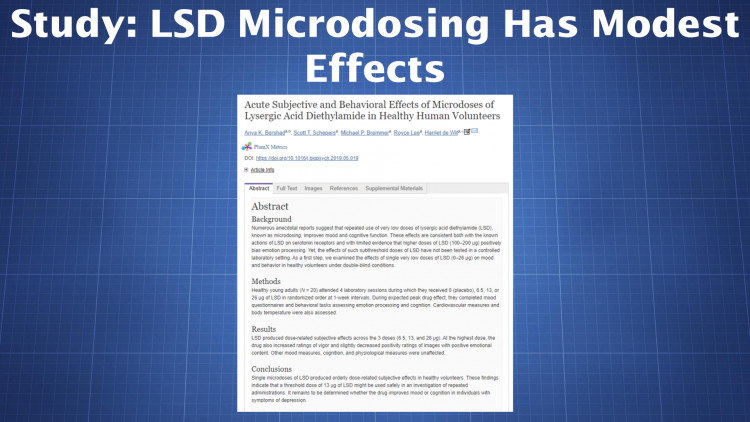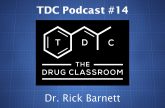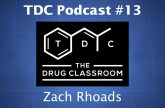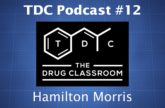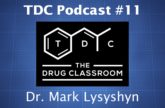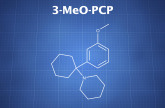Summary: LSD microdoses (13 μg and 26 μg) changed psychological and behavioral functioning, but the effects were relatively modest and many areas of functioning were not altered at all. Microdosing did not have a positive effect on cognitive performance. Authors: Anya K. Bershad, Scott T. Schepers, Michael P. Bremmer, Royce Lee, Harriet de Wit DOI: 10.1016/j.biopsych.2019.05.019 […]
Read MoreCategory: Paper Overviews
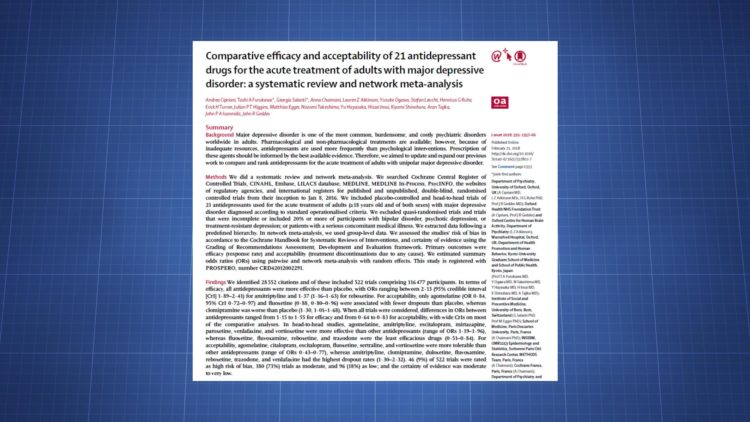
Summary: 522 randomized controlled trials involving 21 antidepressants and 116,477 people were analyzed. It appears the most effective antidepressants (at a duration of 8 weeks) include amitriptyline, escitalopram, mirtazapine, paroxetine, and venlafaxine. While reboxetine and trazodone had notably lower efficacy ratings. Some of the most effective drugs had lower tolerability scores, however, indicating they may […]
Read More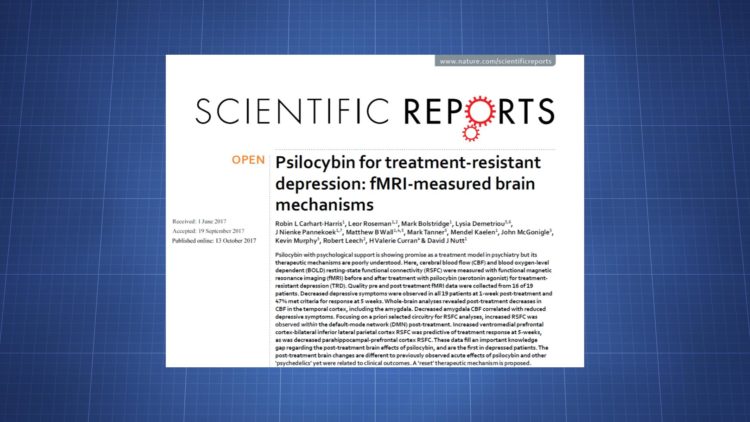
TDC abstract: Psilocybin, a prodrug for psilocin, appears to have detectable effects on brain activity the day after an experience in those with treatment-resistant depression. There’s a rise in functional connectivity within the default mode network (DMN) and a decline in functional connectivity between the parahippocampus and prefrontal cortex. Authors: Robin L Carhart-Harris, Leor Roseman, Mark […]
Read More
TDC abstract: Placebo stimulants are capable of increasing self-reported alertness, focus, and positive mood. These effects are present in the absence of neuropsychological improvement, demonstrating a placebo, likely due to positive expectancies, can make users believe they’re receiving a benefit. Authors: Samantha Lookatch, Hayley Fivecoat, and Todd Moore DOI: 10.1080/02791072.2017.1344897 Link: https://www.ncbi.nlm.nih.gov/pubmed/28699832 Published: July 2017 Background The level of nonmedical […]
Read More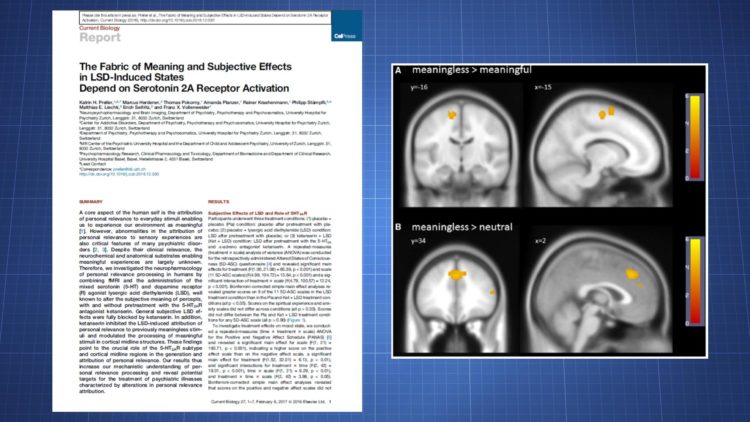
Abstract: LSD administration can significantly affect self-related processing in the brain. This was shown by an increase in “meaning” scores for otherwise meaningless music. The effects were correlated with changes in brain regions known to be associated with self-related activity. Most of the effects were blocked by a 5-HT2A antagonist, ketanserin. Authors: Katrin H. Preller, […]
Read More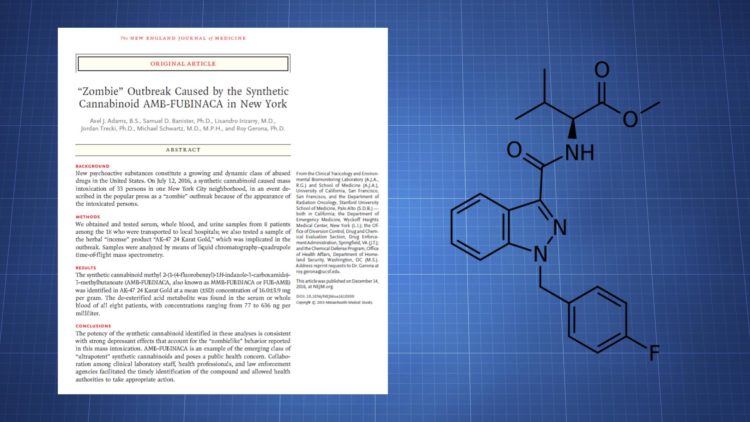
Abstract: Dozens of people seemingly overdosed on AMB-FUBINACA, a synthetic cannabinoid, at the same time in July 2016. 18 individuals were taken to local medical centers and no fatalities occurred. Authors: Axel J. Adams, Samuel D. Banister, Lisandro Irizarry, Jordan Trecki, Michael Schwartz, and Roy Gerona DOI: 10.1056/NEJMoa1610300 Link: http://www.nejm.org/doi/full/10.1056/NEJMoa1610300 Published: December 14, 2016 Background Hundreds of […]
Read More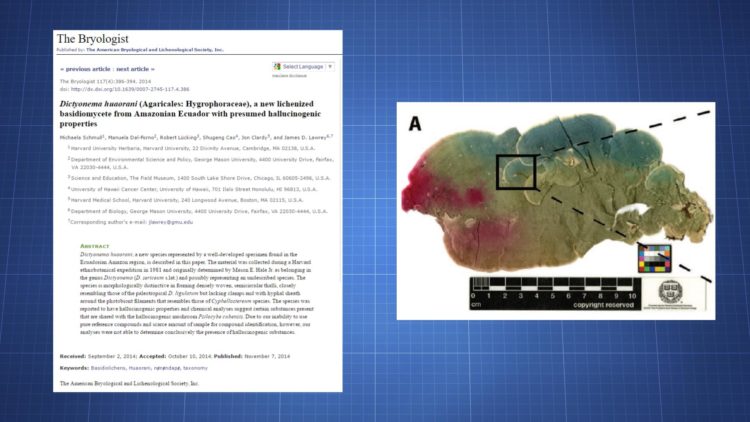
Abstract: A lichen growing in Ecuador, Dictyonema huaorani, might produce psychoactive drugs. Among those substances are 5-MeO-DMT and psilocybin (4-PO-DMT). Their presence is not yet definitive, but there is good reason to investigate further. Authors: Michaela Schmull, Manuela Dal-Forno, Robert Lücking, Shugeng Cao, Jon Clardy, and James D. Lawrey DOI: 10.1639/0007-2745-117.4.386 Link: http://www.bioone.org/doi/full/10.1639/0007-2745-117.4.386 Published: November 7, 2014 Introduction Fungi from […]
Read More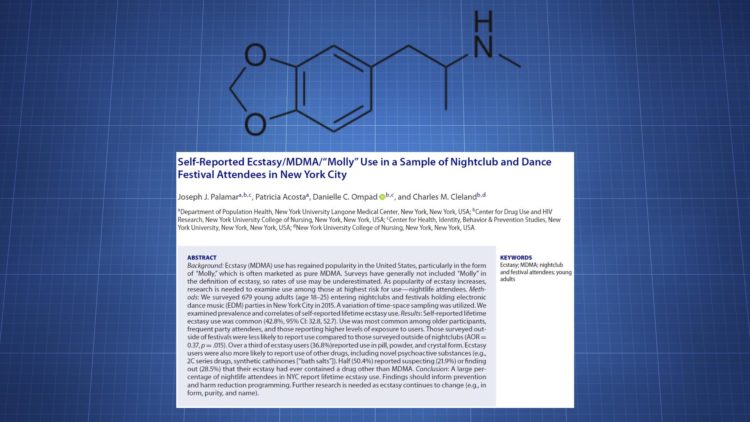
Abstract: This paper looks at the rate of MDMA (Ecstasy, Molly) use among young adult nightclub and festival goers. Compared to the general population, people who attend those events have a greater lifetime use rate. Those who take MDMA also report higher rates of drug use overall. Authors: Joseph J. Palamar, Patricia Acosta, Danielle C. Ompad, and Charles M. […]
Read More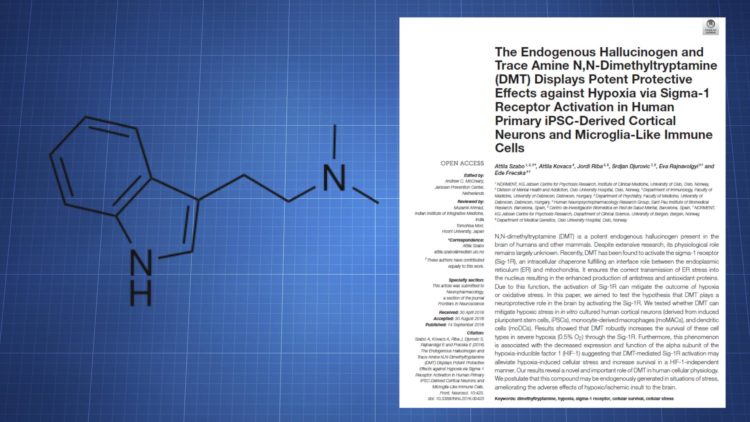
This paper, which was published on September 14, 2016, examines the effect of N,N-Dimethyltryptamine (DMT) on hypoxia-induced cellular changes. It specifically looks at the role of the Sigma-1 receptor. Abstract: DMT is capable of reducing cell death when cells are placed in a hypoxic environment. Sigma-1 receptor activity is involved in that effect. Authors: Attila Szabo, Attila […]
Read More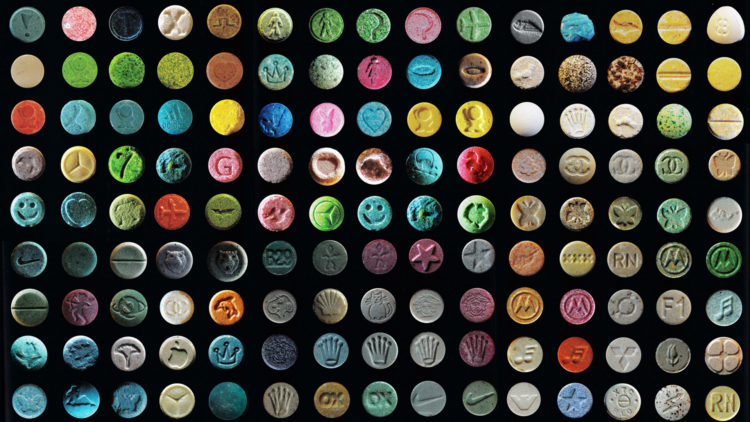
The EMCDDA has released a report which examines recent trends in the MDMA market, with a focus on the European market. Based on their summary of the research in this area, MDMA use is growing, strength has increased, adulterants are less common, and different production methods are taking hold. Research has found the market is adapting to competition and trying […]
Read More
